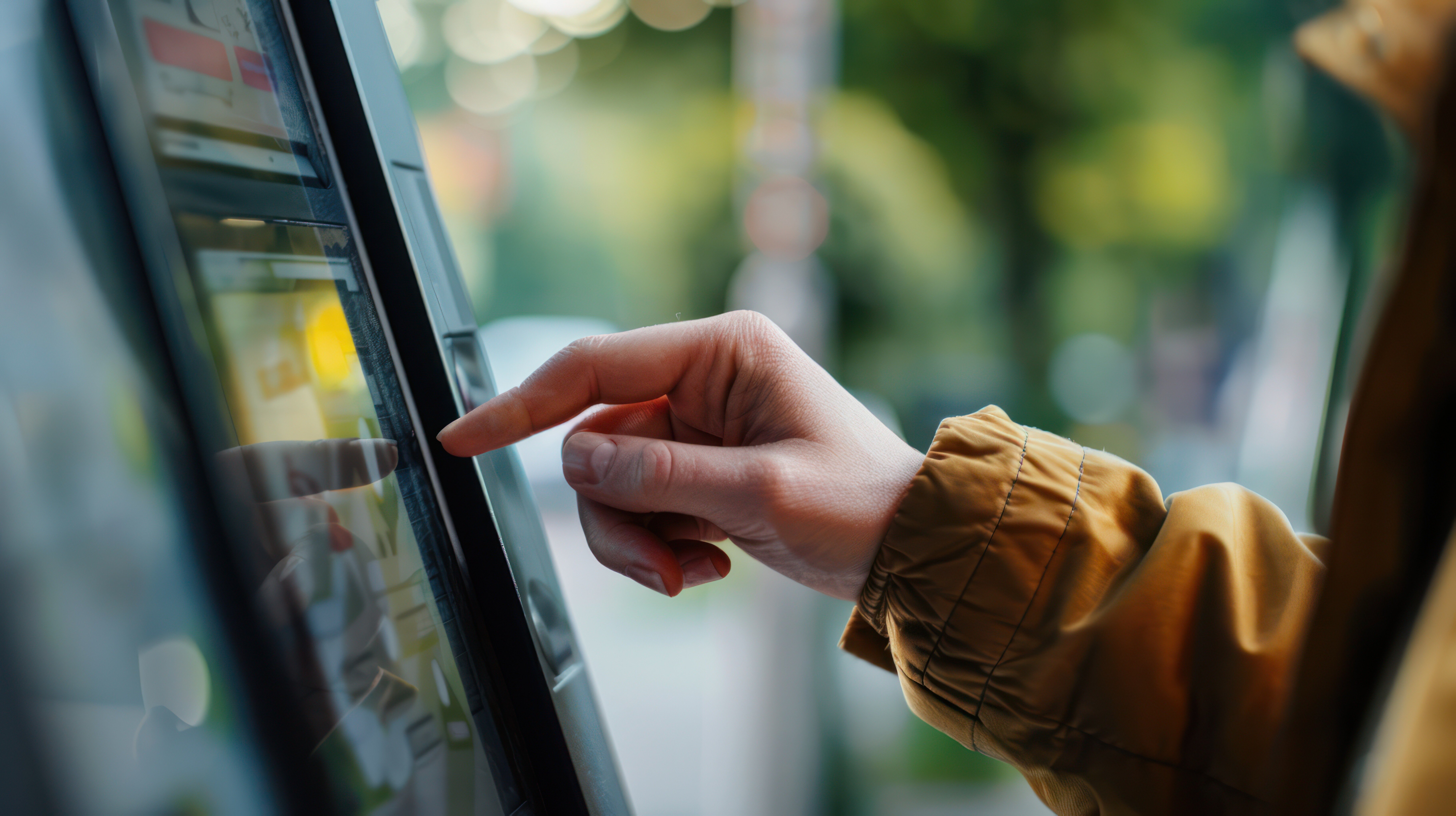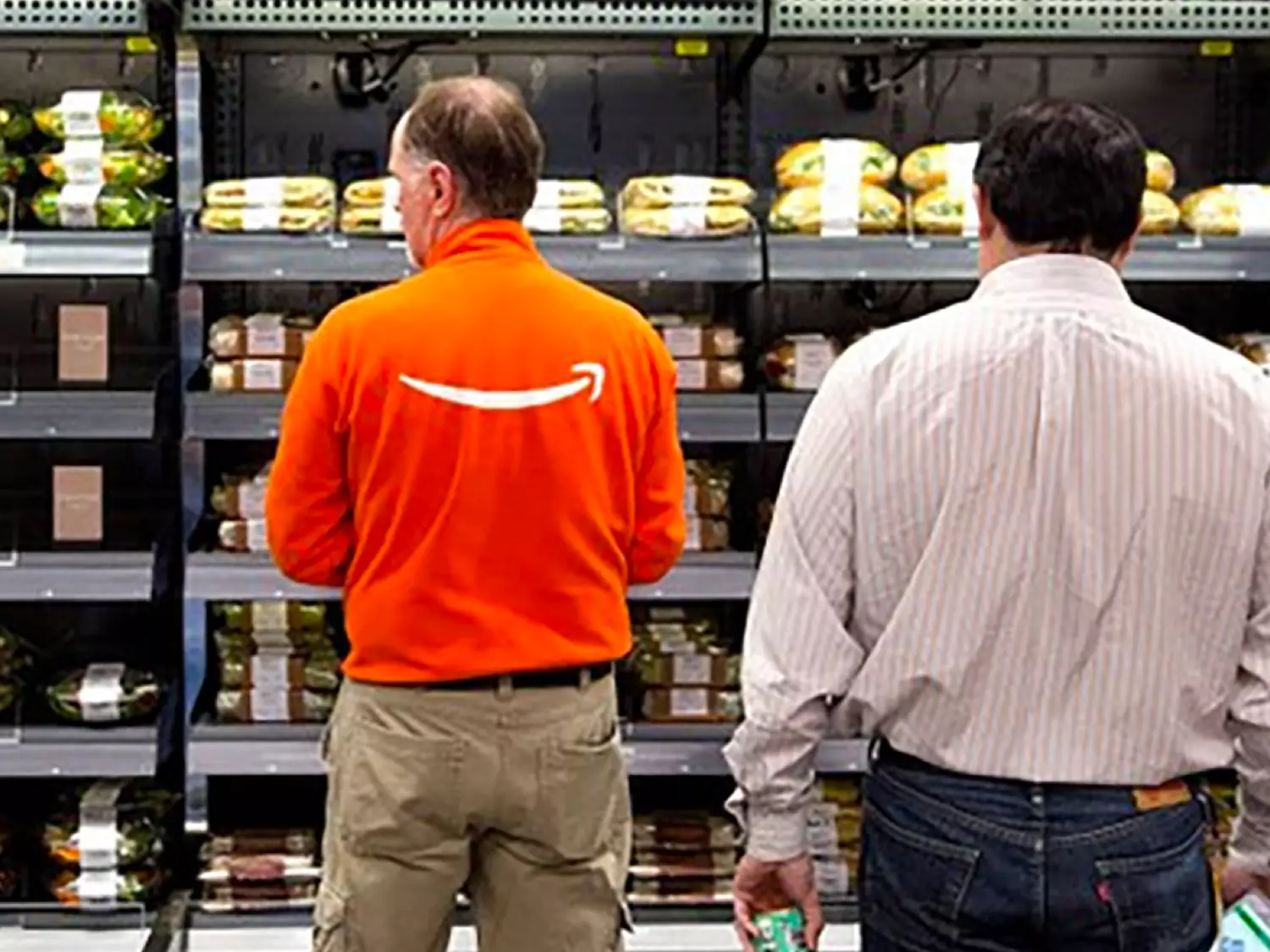What is defined as a habit? This question initially jumps to the mind of the observer when one tries to place shopping in a habitual context.
A habit, also called habitus, is a reaction mode developed under similar conditions that has been stereotyped by repetition. Under conforming situational conditions, this is performed as if automatically according to the same reaction pattern, if it is not consciously avoided or suppressed. Thus, the three different habits of feeling, thinking, and behaving can be derived. (HWPh vol. 3, Basel 1974, sp. 598.)
But by what can we figure out how shopping as a habitual thing is directly related to the establishment of digital services like Scan & Go at the point of sale? For this, a short digression to behavioral research and biological foundations is necessary.
Building Habits
Our world is uncertain and difficult to master - this was even more true for our ancestors than for us today. It is an enormous task to keep an eye on everything around us - and among these, primarily on what is important to us. Therefore, humans need a strategy to train the brain and to make full use of its possibilities. One of these strategies is developing habits: Looking in the mirror before leaving home, checking both directions before crossing the street. We exhibit hundreds of automatic behavioral sequences every day that ultimately make our lives easier.
Habits develop because the brain is constantly looking for ways to conserve energy. Therefore, the brain tries to turn every recurring sequence into a habit. Thus, on the one hand, habits serve to save energy - especially since the brain is the most energy-intensive organ of the human being - on the other hand, habits serve to reduce mental work in favor of the ability to act in more important - that is, especially new, unfamiliar or previously unknown - situations.
In addition to relieving the brain, habits also play a major role in the release of dopamine, the brain's reward neurotransmitter. The cycle of habits consists of three components: Trigger, routine, and reward. The trigger is the feeling, time or location that triggers a habit. The routine describes the habit itself. The reward is the need that the habit satisfies. Accordingly, habits are an easy and convenient way to feel good through the release of dopamine.
Breaking Out Of The Habit
Many people are looking for a way to break a bad habit - smoking, large amounts of alcohol, or the like. This is often not so easy. Especially since we now know that when habits are changed, dopamine stops flowing for the time being.
Looking at habits as a relief function, there is another reason to simply leave regular routines as they are. Learning something new or making fundamental changes always involves high cognitive effort. It's taxing on the brain. So why change?
The Habit Of Shopping
Whether online or in stationary retail, shopping is also subconsciously subject to habit. If you map the shopping process using the habit cycle, the process would look like this: The trigger is a feeling of hunger, an empty refrigerator, not enough clothes, or simply a habitual time in the shopping routine. The routine itself is shopping at the appropriate store, whether online or offline. The reward is the items purchased in exchange for our money. So in exchange for our money, we not only get the chosen products, but also dopamine for our brain - just great.
While shopping, there is a recurring process that takes the pressure off our brain: The checkout/payment process. Since childhood days, we - together, with our parents - fill the shopping cart and put our selection on the checkout belt. It's a habit we learned very early in life without even realizing it. Scanning, adding up the value of the goods and settling the accounts is done for us by someone else.
Scan & Go Within The Habit
So what happens when you integrate a new, digital service at the point of sale? This is a question that we, as a Scan & Go software provider, have to ask and answer. A question that has major implications for the design and flow of the self-checkout process.
If a retailer offers Scan & Go - whether stationary or mobile is irrelevant - as an additional checkout option, it stands to reason that consumers will not initially leave their familiar behavioral pattern. At first glance, the effort required of the consumer to deal with a new, unfamiliar technology is greater than the time savings or the aspect of self-determination that Scan & Go brings with it.
Scan & Go is not a no-brainer for habitual users and habitual shoppers. Accordingly, simply offering the service initially attracts curious, agile & flexible people and digital natives. They possess intrinsic motivation and the will to get involved with new things. Habitual people, on the other hand, need extrinsic motivation. They first need to be given clear benefits before they consider changing their habits.
At Snabble, we see that the return rate of Scan & Go users is over 85%. So once a user gets used to the new checkout variants, they will prefer them.
How Do I Convince Habitual Customers Of Scan & Go?
People are confronted with thousands of stimuli every day. This also happens when consumers enter a store: New offers, discounts, leaflets. If Scan & Go is introduced in a store, this should be clearly communicated. Shopping discounts, vouchers or a free shopping bag for Scan & Go users can be used to establish initial contact with the new checkout variant. Clearly marked "fast lanes" can also be used to make it visually clear how much faster Scan & Go is than the conventional checkout route. Information material in the store should be positioned well and visibly, as it can quickly get lost among the other offers.
As a Scan & Go provider, we know that it is crucial to get the habitual shopper to make first contact and have developed different approaches depending on the industry and products. Want to learn more? We look forward to an exchange!
Share this
You may also like
These related stories

White Label POS Systems - Advantages, Requirements and Possibilities

Why Are There So Many Employees In A Cashier-Less Store?
